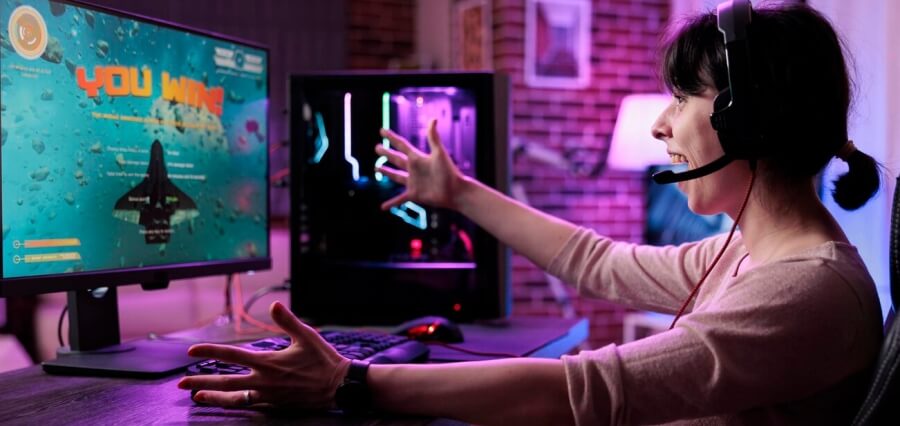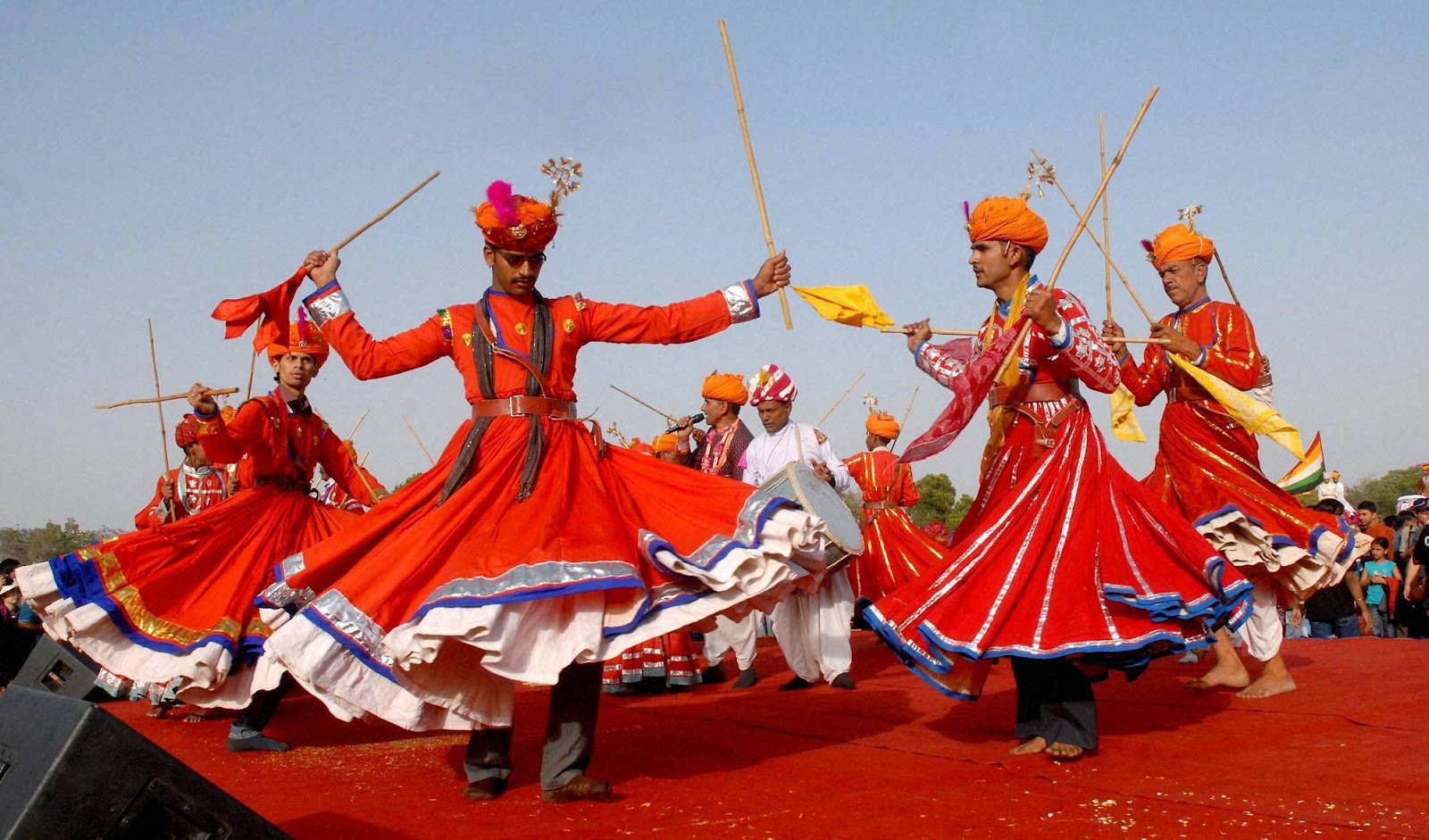
Color prediction games, a popular genre in the gaming landscape, offer a unique blend of chance and skill. This article explores the fascinating intersection of probability and skill within color prediction games, shedding light on how players navigate the delicate balance between strategic decision-making and the inherent unpredictability of color outcomes.
Foundations of Color Prediction Games:
a. Simple Mechanics, Complex Dynamics: Color prediction games typically feature straightforward mechanics where players predict the next color in a sequence. Despite their simplicity, these games unfold into complex dynamics as players engage in a delicate dance between probability and skill.
b. Appeal of Uncertainty: The allure of color prediction games lies in the inherent uncertainty, challenging players to harness their intuition and analytical skills to make accurate predictions.
Probability as the Guiding Force:
a. Random Color Generation: The heart of color prediction games lies in the random generation of colors. Probability governs the likelihood of any particular color appearing, creating an unpredictable environment that keeps players on their toes.
b. Understanding Color Distribution: Skilled players recognize the importance of understanding the distribution of colors within the game. Probability guides their predictions, with an awareness of the likelihood of specific colors appearing more frequently than others.
Strategic Decision-Making:
a. Analyzing Patterns: Skillful players go beyond mere chance by analyzing patterns in color sequences. They observe trends, repetitions, and variations, allowing them to make strategic decisions based on more than just random guesses.
b. Pattern Recognition Mastery: Mastering pattern recognition is a crucial skill. Skilled players leverage their understanding of color sequences to anticipate potential outcomes, turning what may seem like chance into a realm of calculated predictions.
Influence of Player Choices:
a. Dynamic Decision Points: Color prediction games often present players with dynamic decision points. Players must decide whether to stick with a perceived pattern or deviate based on their intuition, introducing an element of choice that blends with the underlying probability.
b. Risk and Reward: The intersection of probability and skill manifests in the risk and reward inherent in player choices. Skillful decisions can lead to higher success rates, while embracing risk may result in unexpected victories or setbacks.
Skill Development through Practice:
a. Refinement of Intuition: Players’ intuition becomes finely tuned as they engage in color prediction games. Regular practice hones their ability to sense patterns, improving the accuracy of their predictions over time.
b. Adaptability and Learning: Skilled players exhibit adaptability, learning from successes and failures. Each round becomes a lesson, contributing to developing a strategic mindset that enhances their overall skill set.
Mathematical Strategies:
a. Applying Probability Models: Some players delve into mathematical strategies, applying probability models to their color prediction approach. They may calculate the likelihood of specific color sequences, introducing a mathematical layer to their strategic decision-making.
b. Optimizing Predictions: Mathematical strategies aim to optimize predictions, using statistical insights to increase the probability of making correct color predictions. This adds a cerebral dimension to the interplay of skill and chance.
Competitive Dynamics:
a. Player vs. Player Challenges: In competitive settings, the interplay of probability and skill becomes even more pronounced. Players compete not only against the random color generation but also against each other, elevating the game’s strategic depth.
b. Psychological Tactics: Skilled players may employ psychological tactics, attempting to predict the decisions of their opponents. This introduces an additional layer of complexity as the game transforms into a strategic duel.
Dynamic Game Variations:
a. Evolving Game Dynamics: Game developers often introduce variations to color prediction games, altering the rules or introducing new elements. Skilled players adapt quickly to these changes, showcasing their ability to navigate evolving dynamics while relying on probability principles.
b. Expanding Skill Sets: Probability and skill intersect as games evolve. Players must understand the probability of color outcomes and adapt their skills to new challenges introduced by game variations.
Social and Collaborative Elements:
a. Collaborative Decision-Making: Some color prediction games involve collaborative decision-making among players. Skillful collaboration requires a collective understanding of probability principles, enhancing the group’s ability to make successful predictions.
b. Social Dynamics: The social element introduces a unique layer to the intersection of probability and skill as players navigate interpersonal dynamics while making strategic decisions based on their shared understanding of color outcomes.
Future Trends and Innovations:
a. Technological Advancements: The future of color prediction games holds promise with technological advancements. Enhanced algorithms, artificial intelligence, and real-time analytics may contribute to more sophisticated and strategic game play.
b. Integration with Augmented Reality: Color prediction games may move beyond screens as augmented reality technologies advance. Integration with augmented reality could create immersive environments where probability and skill are tested in dynamic and interactive ways.
Conclusion:
The intersection of probability and skill in color prediction games on 91 club register encapsulates the essence of a gaming experience where chance meets strategy. As players navigate the unpredictable world of colors, their mastery of probability principles and strategic decision-making creates a dynamic synergy that defines the allure of these games. Whether embracing randomness or refining their skills, players find a captivating balance at the crossroads of probability and skill, making color prediction games a perennial favorite in the gaming landscape.














Leave a Reply